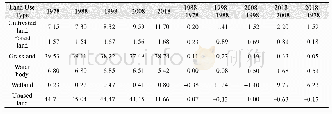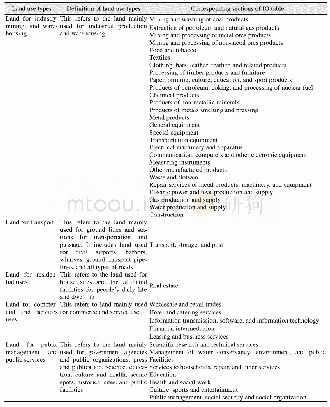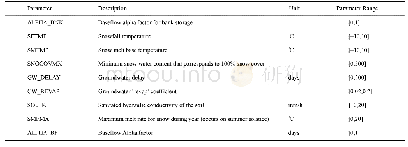《Table 2–Types of additives used in ice-templating and their respective effects on microstructure ev
 提示:宽带有限、当前游客访问压缩模式
提示:宽带有限、当前游客访问压缩模式
本系列图表出处文件名:随高清版一同展现
《Environmental application of three-dimensional graphene materials as adsorbents for dyes and heavy metals: Review on ice-templating method and adsorption mechanisms》
The synthesis of 3D graphene structures which involved the use of GO as precursor,can be classified into solution based and chemical vapour deposition(CVD)based techniques(Chabot et al.,2014;Fang et al.,2015;Hiew et al.,2018;Nardecchia et al.,2013;Shehzad et al.,2016).The solution based approach can be further divided into template-directed and template-free synthesis.Among the template-directed methods,ice-templating is relatively straightforward and is able to produce hierarchically porous 3D graphene structures with superior adsorption performance.The template-free methods such as hydrothermal reduction,chemical reduction and cross-linking induced-assemblies are commonly used owing to their simplicity and effectiveness in preparing 3D graphene materials.Despite the ability of the CVD technique in producing 3D graphene structures with superior physicochemical properties,its difficulty in scaling up and economic infeasibility have made it less feasible.The advantages and disadvantagesofdifferentsynthesistechniquesare summarised in Table 1.In short,ice-templating is a facile approach for preparing high quality 3D graphene based materials.
| 图表编号 | XD0052058500 严禁用于非法目的 |
|---|---|
| 绘制时间 | 2019.05.15 |
| 作者 | Kar Chiew Lai、Lai Yee Lee、Billie Yan Zhang Hiew、Suchithra Thangalazhy-Gopakumar、Suyin Gan |
| 绘制单位 | Department of Chemical and Environmental Engineering, University of Nottingham Malaysia Campus、Department of Chemical and Environmental Engineering, University of Nottingham Malaysia Campus、Department of Chemical and Environmental Engineering, University |
| 更多格式 | 高清、无水印(增值服务) |





